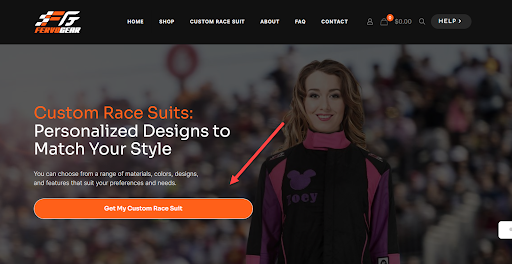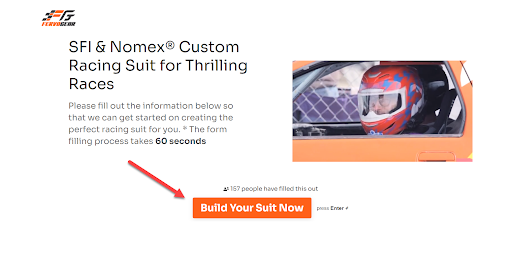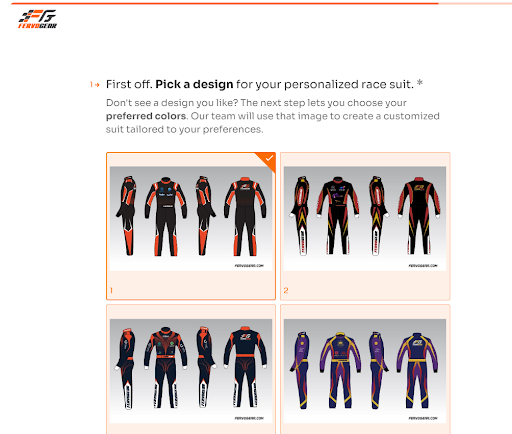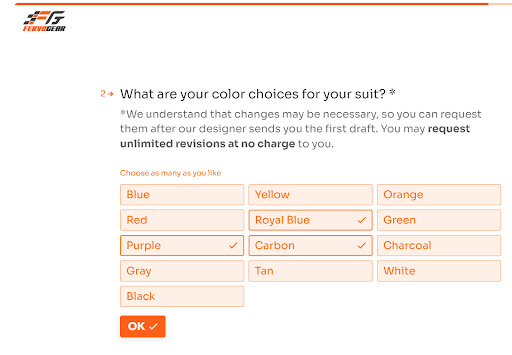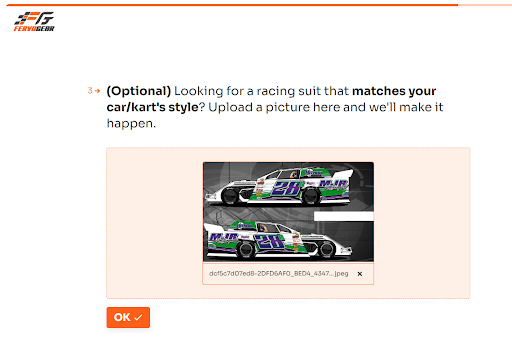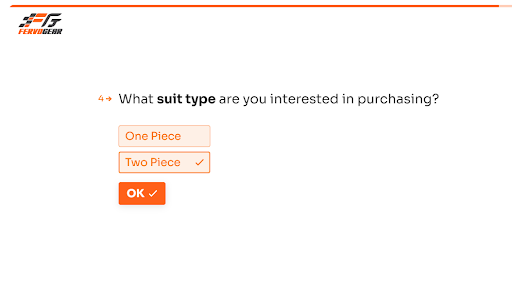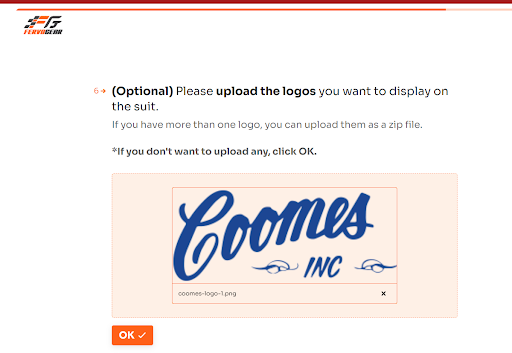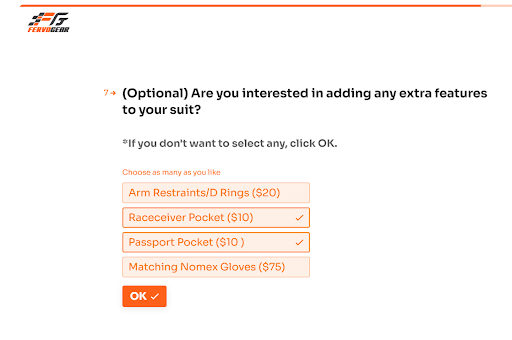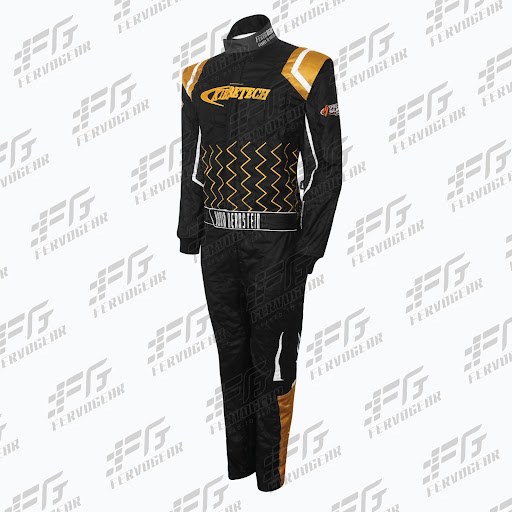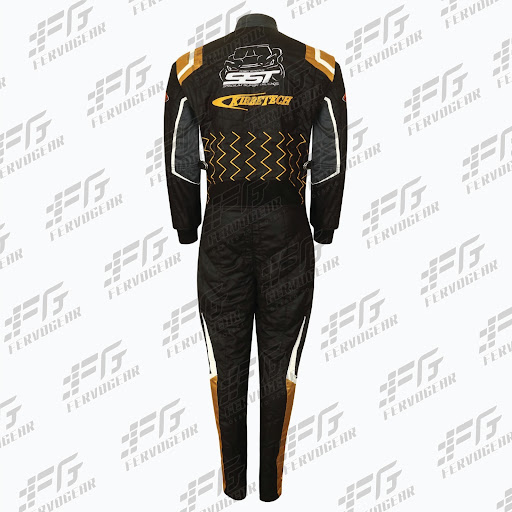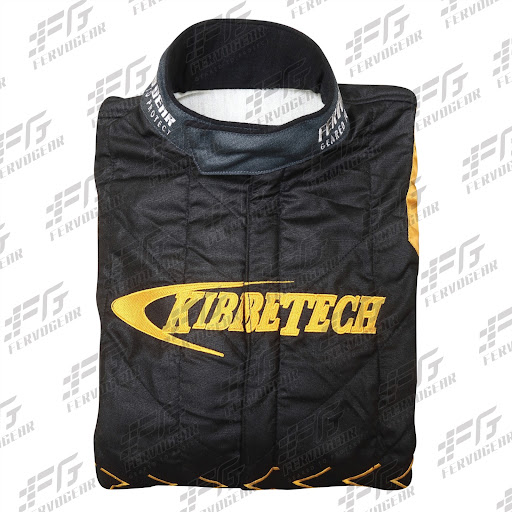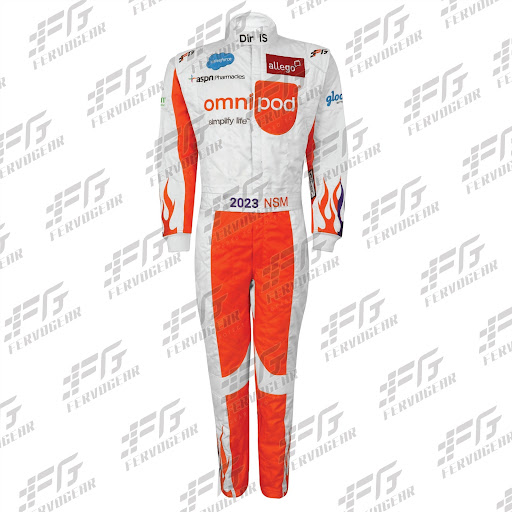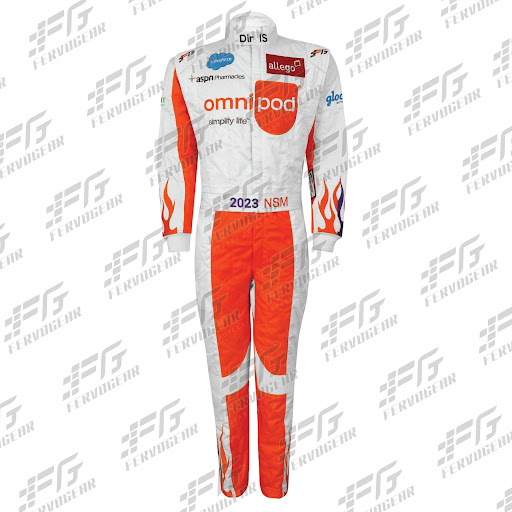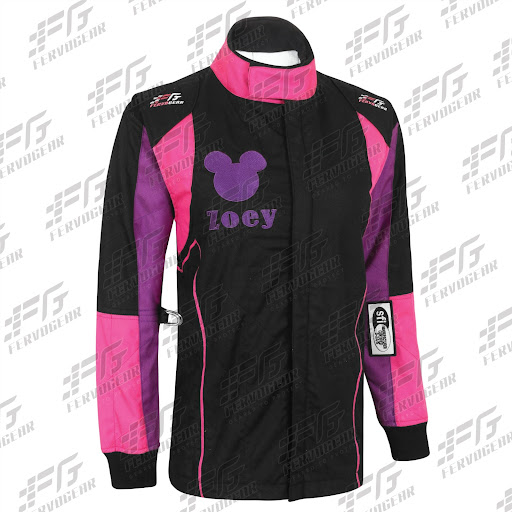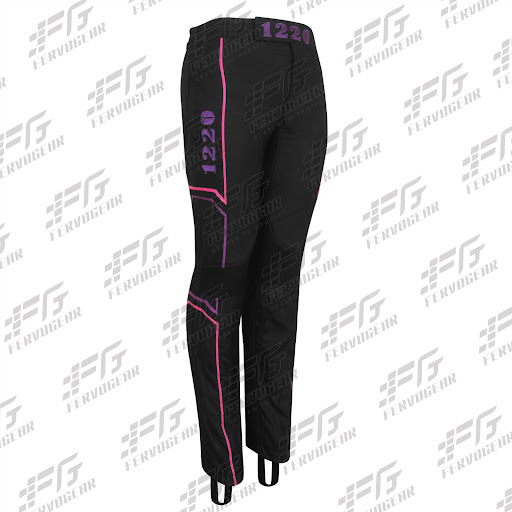Tesla is a renowned electric brand continuously bringing innovations to the automobile industry with its stylish Y and 3 models. Tesla also offers varied types of accessories for the convenience of its customers that improve vehicle performance.
The Tesla roof rack is one such accessory that improves fuel efficiency. In this article, we will discuss the details of the Tesla Model Y roof rack and compare it with other models.
What is a roof rack?
A roof rack is a set of bars or racks installed on the roof of a vehicle, typically an SUV, truck, or van to provide extra storage space for large or bulky items that cannot fit inside the automobile.
You can use roof racks to transport items, including luggage, bicycles, kayaks, skis, snowboards, and camping gear.
They are usually made of sturdy materials such as steel, aluminum, or composite plastics and are designed to securely hold the load while the vehicle is in motion. Roof racks come in a variety of shapes and sizes and can be customized to fit specific makes and models of vehicles.
Benefits of tesla roof rack
Tesla roof racks are designed specifically for Tesla vehicles and offer several benefits, including:
Increased storage space
Tesla roof racks provide additional storage space, allowing you to carry more items on your trips, such as luggage, sports equipment, and outdoor gear.
Aerodynamic design
Tesla roof racks are designed to be aerodynamic, which reduces wind resistance and drag, resulting in improved fuel efficiency and a smoother ride.
Versatility
Tesla roof racks are versatile and can be used to carry a wide range of items, including bicycles, skis, snowboards, kayaks, and more.
Tesla roof racks offer an excellent way to increase the storage capacity of your Tesla vehicle while maintaining its sleek, aerodynamic design and high-quality construction.
How to install a tesla model y roof rack
The process for installing a Tesla Model Y roof rack involves a few steps:
Purchase a compatible roof rack
The first step is to purchase a roof rack compatible with the Tesla Model Y. Tesla offers its own roof rack as an accessory, but third-party options are also available.
Clean the roof
Before installing the roof rack, clean the roof of your Tesla Model Y to ensure that it is free of dirt and debris. This will help the roof rack to adhere firmly and prevent any scratches or damage to the paint.
Installation
The roof rack should come with instructions for installation, which will vary depending on the type of roof rack you have. In general, the roof rack will attach to the roof using a series of clamps or bolts. Make sure that the roof rack is securely attached and bolts are tightened with the appropriate torque.
Test the roof rack
After installing the roof rack, test it to confirm whether it is secure and can hold the weight of whatever you plan to carry. You may want to start with a lighter load and gradually increase the weight to test if the roof rack is stable.
Load your gear
Once the roof rack is installed and tested, you can load your gear onto it. The weight should be evenly distributed, and the accessories should be securely fastened to the roof rack.
How to choose a Tesla model Y roof rack
If you are looking to purchase a roof rack for your Tesla Model Y, there are a few factors to consider:
Compatibility
While buying the roof rack, check if it is compatible with your Tesla Model Y. You can check the manufacturer’s website or consult a Tesla dealer to confirm compatibility.
Load Capacity
Determine what you will be using the roof rack for, and make sure the crossbar you choose can handle the weight of your equipment or cargo. Keep in mind that the weight limit for the Tesla Model Y roof is 165 lbs (75 kg).
Aerodynamics
Choose a roof rack that is designed to be aerodynamic to minimize wind resistance and noise while driving. This will help to reduce fuel consumption and improve your driving experience.
Installation
Consider how easy it is to install the roof rack. Look for a model that is easy to install and remove, as well as one that will not damage your car.
Cost
Compare the cost of different roof racks, and make sure that you choose one that fits within your budget.
Consider types
Different types of Tesla model y roof racks are available with unique designs and load-carrying capacities. Before purchasing, you should consider how much load you have to carry.
If you need to travel with heavy equipment, a hitch-mounted roof rack will be best. Contrary, if you want to carry lightweight accessories, a cross-board type roof rack will go with your car.
Comparing Tesla roof rack models
Tesla Model Y Roof Rack
The Tesla Model Y Roof Rack is a custom-designed roof rack specifically made for the Model Y. It is a sleek, low-profile roof rack that is designed to seamlessly integrate with the Model Y’s roofline. The roof rack is easy to install and comes with a set of four mounting brackets that attach directly to the Model Y’s roof.
Tesla Model 3 Roof Rack
The Tesla Model 3 Roof Rack is also a custom-designed roof rack. It is a lightweight, aerodynamic roof rack designed to be easily installed and removed. The roof rack comes with a set of four mounting brackets that attach to the Model 3’s roof.
Both these roof racks are designed to be compatible with a wide range of Tesla-approved accessories, such as bike racks, ski racks, and cargo boxes. It’s important to note that installing a roof rack on your Tesla may impact your vehicle’s overall range and performance, so it’s recommended that you consult your owner’s manual or a Tesla representative before making any modifications to your vehicle.
Tips to Install the Tesla Roof Rack
Read the instructions
Before starting the installation process, carefully read the instructions provided by Tesla. Make sure you have all the necessary tools and parts available.
Cleaning roof
Before installing the roof rack, the roof of your car should be clean and free of debris. Use mild soap and water to wash the roof, and dry it with a clean cloth.
Installation tool
Tesla recommends using a socket wrench to tighten the roof rack mounting bolts. Wrench will help ensure that the bolts are firmly fixed to the correct specifications and that the roof rack is securely attached to the vehicle.
Weight limits
Follow the weight limits specified by Tesla for the roof rack and any accessories you plan to attach to it. Overloading the roof rack can damage your vehicle and impact its performance.
Check the installation
Once the roof rack is installed, check it thoroughly to check if it is secure and level. Give the car a gentle shake to validate it is not loose, and check that all the bolts and mounting brackets are tightened.
Professional installation
If you are unsure about installing the roof rack or do not have the necessary tools or experience, consider calling the professionals. Tesla offers installation services at their service centers, and third-party installation services are also available.










